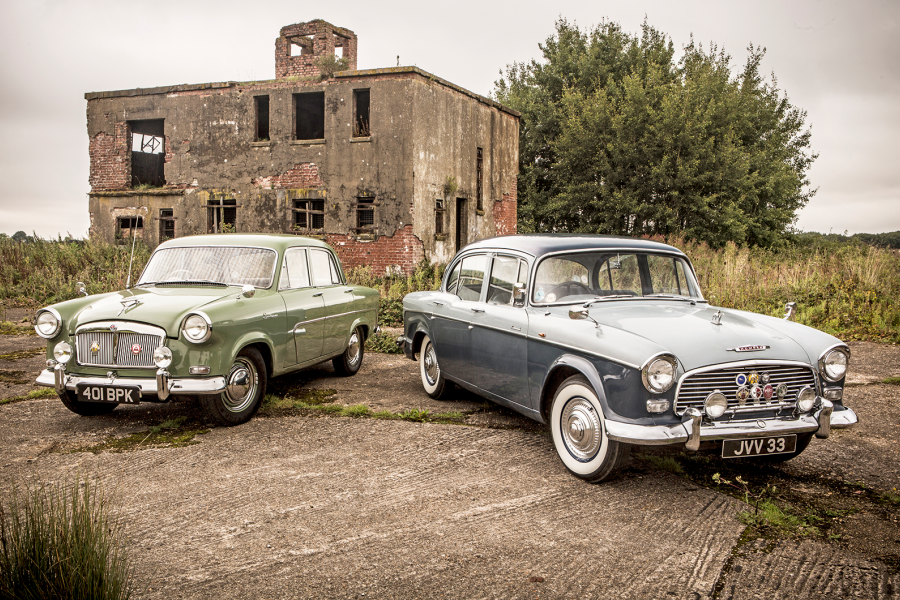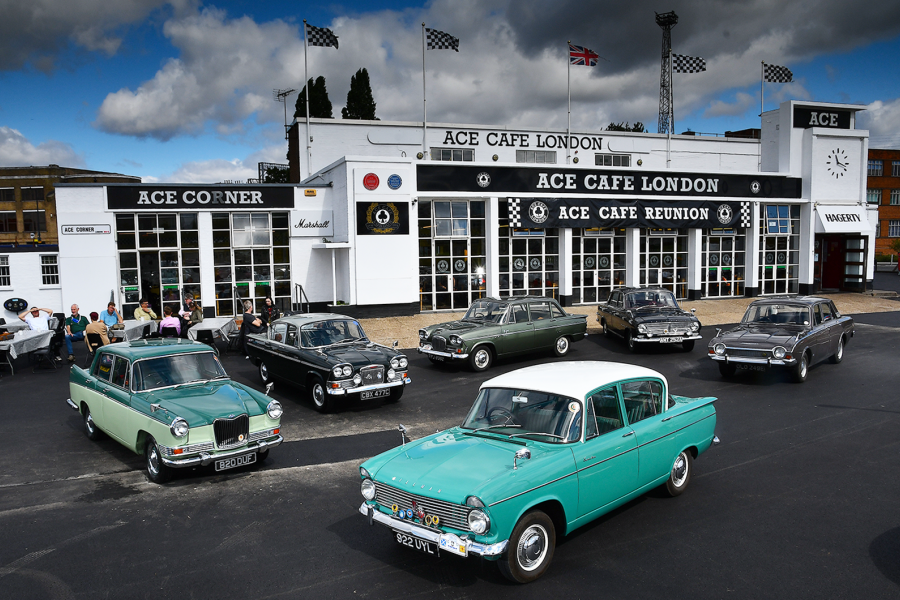
Humber had degenerated into jumped-up Hillman Hunters by the time the name was discarded in the mid-’70s.
Yet it was a high-profile marque in its post-war heyday, Rootes’ top offering with a distinct identity of its own.
The big sidevalve Pullmans, invariably painted black, were heavily used as official government cars, the ‘series’ unit body Super Snipes as (unlikely) police cars in the ’60s, particularly the estates for motorway patrols.
In between came the MkIV, the last body-on-frame Humbers and the first Snipes to have an overhead-valve engine, in this instance a 113bhp 4.1-litre ‘Blue Ribband’ straight-six from a Commer truck, rated at 30 RAC horsepower.

A wood and leather cockpit for this upmarket classic Humber
These cars were modern symbols of Britain’s new Elizabethan age in 1953, mixing full-width, mid-Atlantic styling and three-abreast bench seating with a column gearchange, huge torque and light controls, the implication from contemporary advertising being that the Super Snipe was a car for women as well as men.
It was a full six-seater ‘top gear’ car that took hilly terrain in its stride, had a huge boot and a full synchromesh gearbox, still a rarity in the early ’50s.







